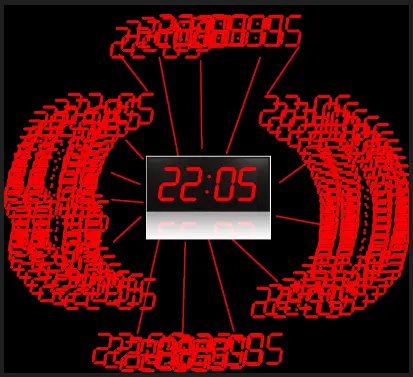I’ve had my own issues with two different laptops over the years, and in that time I’ve seen multiple packaging/dependency issues hit a majority of Arch users. My own issues are often caused by bugs on the bleeding edge that users on a non-rolling distro dodge altogether. For me these have mostly been easy to resolve, but it’s a much different experience compared with “stable” distros, where similar changes that require manual intervention (ideally) happen at a predictable cadence, and are well-documented in release notes.
I still strongly prefer Arch, as I’ve hit showstoppers and annoyances with “stable” distros as well. I guess I’m saying I don’t really understand your responses, and why you seem so critical of user anecdotes in this space, when your original comment was a (perfectly fine) anecdote about how everything’s working for you. That’s great! But we can also point to many examples caused directly by bugs or dependency issues that only crop up in a rolling release. Taking all these data together, good and bad, pros and cons, working and not working, can help us learn and form a more complete picture of reality.











I see. The word lie is strong, and it’s entirely within the realm of possibility that you never had any issues arise with your install. I see your point, and apologize for perhaps a bit of grandstanding on my behalf. I was more focused on the pros/cons of different types of distros, and missed the reason why you were acting defensively.
I feel this kind of conversation still isn’t super helpful though (for either of you). I mean it clearly can be true that one person (or one chunk of the community) has no issues, while another person (and maybe another good chunk of the community) does have issues. Though perhaps in getting involved, I haven’t really helped either.